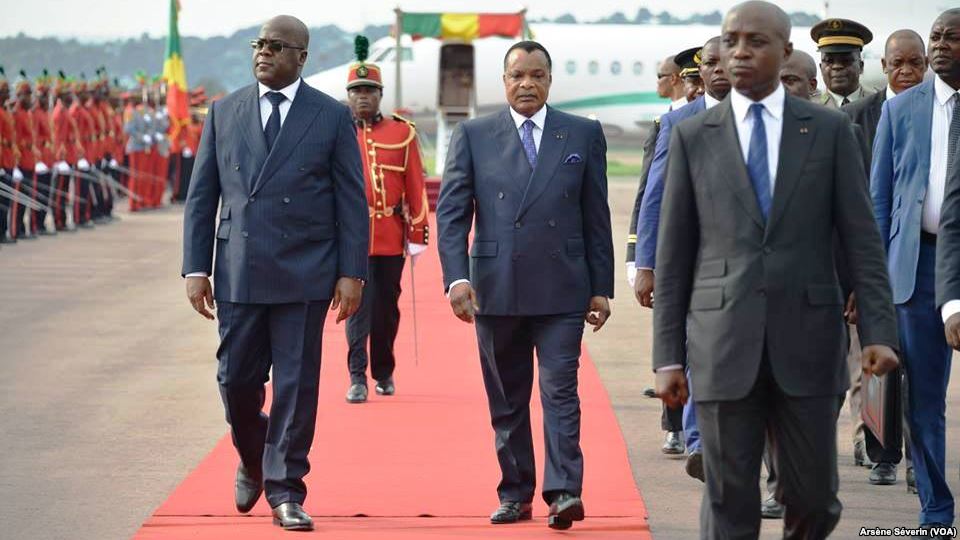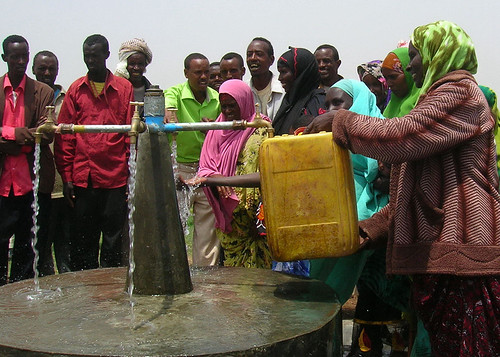Written by Chirrilo Madut Anei
Overview
Conflict between General Abdel Fattah Abdelrahman al-Burhan’s Sudanese Armed Forces (SAF) and Mohamed Hamdan Dagalo’s, or Hemedti, Rapid Support Forces (RSF) erupted on 15 April 2023. The war has internally displaced approximately 1,428,551 people within Sudan and nearly 400,000 Sudanese, South Sudanese and other nationals across the country have fled the country to Chad, the Central African Republic, Egypt, and Ethiopia.[1] An estimated 86,150 people from 12 entry points have arrived in South Sudan at the time of publication. Out of this figure, approximately 66,932 are South Sudanese nationals, 16,200 are Sudanese, 1400 are Eritreans. There are also 1,500 Somalis and other nationals.[2] As a further indication of the scale of movement, the International Organisation for Migration’s (IOM) tracking team on South Sudan’s border with Sudan reported that the flow of war affected population from Sudan to South Sudan is about 10 households a day on average.
This blog provides a South Sudanese perspective based on the interviews conducted by members of Bridge Network South Sudan, a South Sudanese-led research organization with a broad network of researchers all over the country. The Bridge Network South Sudan frequently collaborates with researchers in the LSE’s Conflict and Civicness Research Group. This analysis provides an overview of the humanitarian situation South Sudanese returnees and refugees face at the two entry points from Sudan to South Sudan, Kiir Adem and Majok Yinthiou in Northern Bahr el Ghazal State. The blog also identifies conflict risks and highlights commodity and inflation spikes in South Sudan.
Humanitarian Conditions
Both returnees and refugees in Majok Yinthiou and Kiir Adem, as elsewhere in the country, face serious humanitarian crises and the humanitarian response has been inadequate. Upon a May 2023 visit to the region, the authors observed that most of the returnees and refugees slept on the ground and lacked food and water. There are no latrines and due to poor hygiene and sanitation conditions, people are prone to sickness. For instance, upon my arrival to Majok Yinthiou on 17 May 2023, two people were in reportedly critical condition due to suspected cholera cases. In both entry points, it was reported by many refugees and returnees that they were looted of all their personal belongings such as money, phones, clothes, and cooking utensils.
In Kiir Adem, on one occasion, refugees rather than South Sudanese returnees have received limited assistance, courtesy of the already overstretched state a due to the number of returnees and refugees fleeing into Northern Bahr El Ghazal on the daily basis. Although returnees are faced with the same conditions, they were left out of the government assistance and the government stated it did not have enough to help both the refugees and the returnees. In addition to state support, refugees and the returnees in Majok Yinthiou also received minimal support from church organizations.
Given the scale of need, some South Sudanese returnees and refugees expressed frustration at the lack of rapid response from Humanitarian agencies and the government. Though different UN agencies and the national and state government levels have sent several assessment teams to the areas to conduct health and food security assessments, their impact has still yet to be felt on the ground. For instance, one of the refugee leaders said that many groups had gone to them one after another to ask questions and take photos of vulnerable people, then went back to their offices and failed to respond.
In the absence of international agencies’ support, in Kiir Adem the Northern Bahr el Ghazal state government has stepped in to provide minimal food assistance and transported over 600 refugees. Of those transported, most were likely from the Baggara of Rizeigat communities, who expressed gratitude to the host community for the warm welcome. Despite the economic hardship they faced even prior to the Sudan conflict, the host community of Aweil West County managed to contribute two bulls and assorted food items and donated them to the refugees in Wedwil, the newly established refugee camp. Many other refugees remained in Kiir Adem as more people continue to flee Sudan for their safety towards neighbouring states, the number continue to rise on the daily basis.
Displacement & the Historical Conflict Legacies
In some instances, current displacement patterns are connected to historic legacies of conflict induced migration and political developments. Throughout the years, the Government of Sudan has financed Baggara, Rizeigat, and Misseriya pastoralists to fight their proxy wars and the legacy of this history remains. In some cases, Majok Yinthiou entry point has also received a large population of returnees from the same northern state as well as the refugees from North and South Kordofan who predominantly identify as Misseriya. However, the majority of the refugees in Majok Yinthiou are men who reportedly fled Sudan because they are either being forcefully recruited to fight the war, and could risk being killed if they refused to comply with forceful recruitment.
While the government of South Sudan and its people opened their arms to receive the fleeing people of Sudan into South Sudan, the political language being advocated by some activists and political elites to establish a camp akin to “Bashir Malesh” [Bashir, the then President of Sudan] camp that was established when South Sudanese were fleeing to Khartuom after 2013 South Sudanese war. This has a serious implication to the trust and relationship between the two states.
In other points, some returnees who returned to what was then Southern Sudan toparticipated in the 2010 referendum that contributed to South Sudan’s independence the following year were even allotted residential areas in major towns to settle in, most of their residential areas were named “Khartoum Jedid” meaning the new Khartuom referring to settlements for people coming from Khartoum. Many of whomsubsequently left and moved back to Sudan. This history has prompted the government to conclude that it is not necessary to establish a camp for them, which might not be a foregone conclusion given the scale of humanitarian need.
Commodity Inflation
South Sudan largely relies on the neighbouring countries for food imports, but commodities such as grain and other goods have stopped coming in due to road closures from northern Sudan to South Sudan. This is a problem because most East African imports stay within the southern Equatoria region and do not trickle up to the South Sudan’s northern states with Sudan, whereas Sudanese imports used to feed South Sudan’s northern states.
As an oil pipeline flows from South Sudan to Sudan has also stopped, national inflation in South Sudan has increased. For instance, the black-market exchange rate in South Sudan was roughly 850 South Sudanese Pounds per 1 US Dollar the week before the Sudanese war commenced. Today, it’s 1000 South Sudanese Pounds per 1 US Dollar. Prices in all the of Northern Bahr el Ghazal’s markets have subsequently doubled.
As there is often regional variation in exchange rate prices, the conflict has also impacted northern South Sudanese state. Majok Yinthiou market used to serve both the South Sudanese Pounds (SSP) and Sudanese Pound (SDP) and the exchange rate between SDP to SSP before the war broke out was in the ratio of 1:12 as compared to the rate of 1:1 at the time of publication.
Assessing the Horizon: Border, Conflict Mitigation, and Economic Risks
The current situation highlights the following needs related to borders, conflict mitigation risks, economic considerations, and resources:
- First there is a need for more entry points from Sudan to South Sudan as the existing South Sudanese border points are overstretched.
- More international humanitarian assistance is also needed to provide humane conditions within refugee and returnee camps, as South Sudanese local governments are overstretched.
- Moreover, the distinction between South Sudanese returnees and Sudanese refugees is at times arbitrary due to an intertwined history and humanitarian support should be available to both refugees and returnees. For example, in some instances, northern Sudanese governments have preyed upon borderland communities to fight in proxy wars. Whereas the South Sudanese government encouraged communities on the Sudanese side of the Sudan-South Sudan border to vote in the national referendum that led to South Sudan’s independence.
- As some of the communities fleeing to South Sudan have legacies of conflict, at times with each other, there are also conflict risks within newly established and poorly managed refugee and returnee facilities in South Sudan.
- Finally, inflation is on the rise in South Sudan both because of the on-going conflict and the related shutdown of the oil pipeline from South Sudan to Sudan. This poses a knock-on effect across South Sudan and in northern border states with Sudan in particular, where the conflict has an especially deep impact. South Sudan has struggled with inflation for at least a decade and the current conflict risks aggravating other risks associated with inflation such as higher food prices for South Sudan’s large food insecure population.
[1] https://data.unhcr.org/en/situations/sudansituation
[2] Poor infrastructure hinders evacuation of returnees in Renk – Govt – Eye Radio





